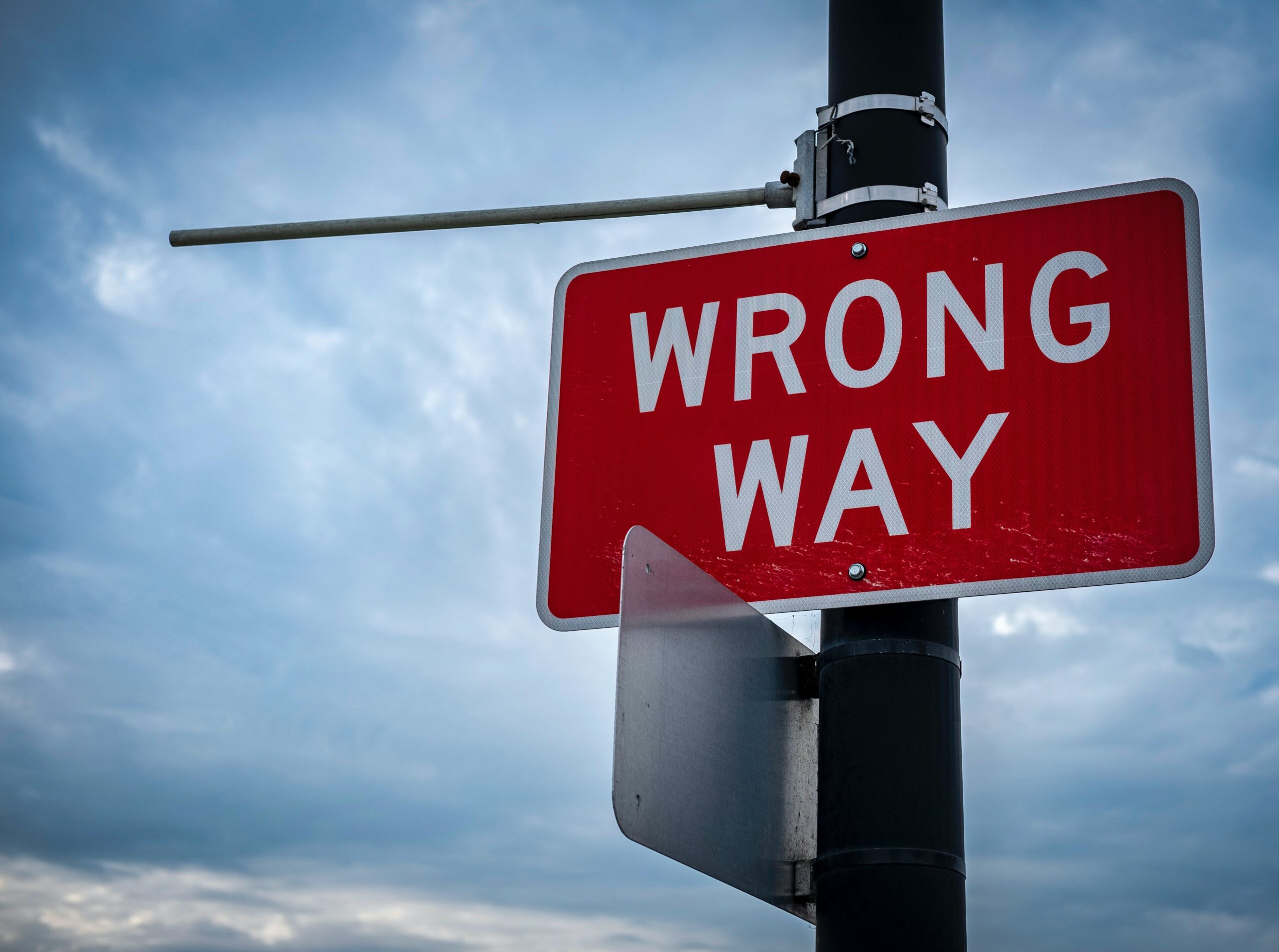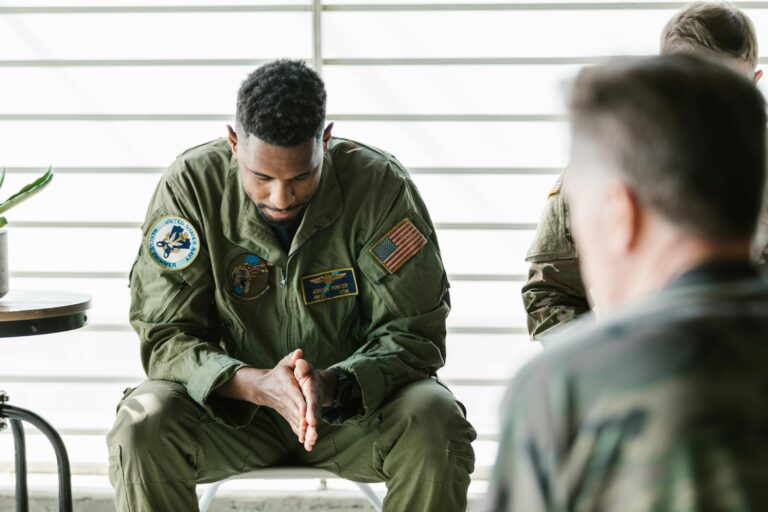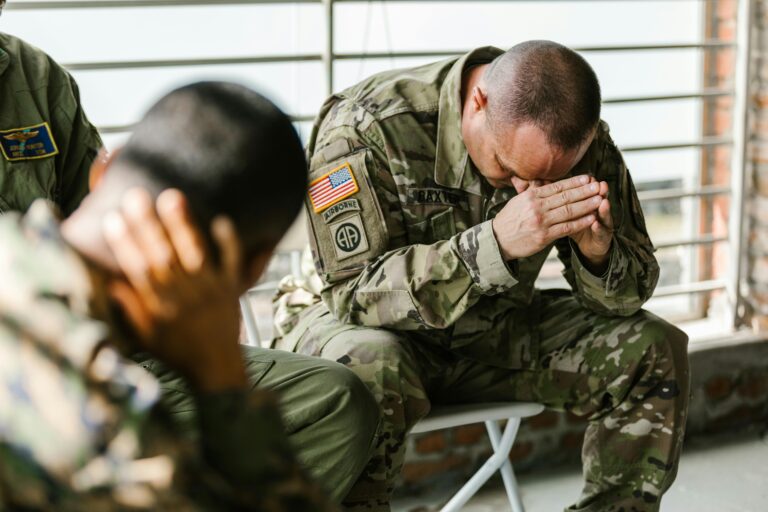Seventh-day Adventists Have Medical Missionary Work All Wrong
As Seventh-day Adventists, we have medical missionary work all wrong. Without a doubt, this statement will evoke a variety of different feelings. Some readers will become curious and keep reading, while others may immediately become defensive and begin drafting a response email delineating the positive impact our medical missionary work has had over centuries. Whatever your initial reaction, I encourage you to keep reading to find out why I believe we have it all wrong and how we can come up higher in our medical missionary work.
What Exactly is Seventh-day Adventist Medical Missionary Work?: The Two Camps
Within the church, there are generally two beliefs regarding what medical missionary work is and what it should be. These beliefs exist along a continuum, so each of us may have a belief that’s closer to one camp or the other. On one hand, there’s the medical camp, which encompasses the belief that SDA medical missionary work is our medical, dental, and social work—only the work that’s carried on through our medical and dental schools, hospitals, and denominational humanitarian relief agencies like ADRA. To the medical camp, a superior knowledge of physiology and in-depth experience in the healing art, combined with a willingness to pray for and with those for whom we labor are prerequisites to being effective medical missionaries. It’s all of the social, medical, and dental work that’s carried on by our physicians, dentists, nurses, and other professionals with the goal “to make man whole.”
To the other camp, the holistic camp, medical missionary work is somewhat different. These individuals tend the cite the work of institutions like Wildwood Lifestyle Center and Uchee Pines Institute when sharing examples of medical missionary work. To this group of people, medical missionary work involves using nature and a knowledge of the laws of health to help people obtain physical, mental, emotional, social, and spiritual healing. Individuals on this end of the spectrum tend to use “simple” (but actually complex) remedies like botanical medicine (herbs), vitamins, minerals, hydrotherapy, counseling, and other non-pharmaceutical interventions to help people obtain holistic healing, while avoiding or strictly limiting the use of conventional medical treatments like pharmaceuticals and surgery. There are physicians, nurse practitioners, nurses, and other providers in the holistic camp, but the vast majority of the work is carried out by lay medical missionaries.
As I’ve mentioned, these are two extremes of a continuum of beliefs, and while there are some people who hold the beliefs I’ve described exactly as I’ve described them, the vast majority of us will fall somewhere in the middle of these two perspectives. I’d like for you to take a moment to ask yourself where you fall on this continuum. What do you believe true medical missionary work is? Is your belief closer to that of the medical camp or the holistic camp?
We Have Fallen Short of God’s Original Design for His Medical Missionary Work
Hopefully you’ve taken the time to determine where you fall on the continuum of beliefs. While I’m curious to know where the majority of our readers fall, I’m grateful that we don’t have to wonder where Jesus falls. He has made His original design for our medical missionary work plain, and (spoiler alert) it isn’t accurately described by either of the camps we’ve talked about so far.
Problems with the Medical Camp’s Viewpoint
The problem with viewing medical missionary work as only the work conducted by our medical institutions is that it makes it hard for us to reconcile much of God’s revealed will. For example, if we hold to that belief, what do we do with this statement?
We have come to a time when every member of the church should take hold of medical missionary work. The world is a lazar house filled with victims of both physical and spiritual disease. Everywhere people are perishing for lack of a knowledge of the truths that have been committed to us. The members of the church are in need of an awakening, that they may realize their responsibility to impart these truths.
—7T 62.1
Clearly attending to the spiritual and physical needs of people in our world is something that every church member should be doing, not just our licensed providers. But what preparation do our church members need to intelligently and responsibly conduct this work?
And what do we make of this statement?
When you understand physiology in its truest sense, your drug bills will be very much smaller, and finally you will cease to deal out drugs at all. The physician who depends upon drug medication in his practice shows that he does not understand the delicate machinery of the human organism….
—MM 229.2
If our providers are to use drugs less and less, then what other tools should they have? What additional education or preparation do our healthcare professionals need in order to engage in their work, both intelligently and in a manner that reflects all of the professionalism that God’s work deserves?
Problems with the Holistic Camp’s View
Let’s move on to the second camp. Viewing medical missionary work in the second way I’ve described also comes with its own problems. One of the biggest problems, and one that is frequently cited by those in the medical camp, is that the available training opportunities in the use of holistic therapies aren’t comprehensive. It’s true that, without a thorough understanding of anatomy, physiology, and pharmaceutical medication (e.g., drug-drug and drug-herb interactions), a person with limited knowledge of herbs and other natural therapeutics may know just enough to be extremely dangerous. For this reason, we need to focus our energies on providing opportunities for more advanced, comprehensive, and in-depth training.
The second potential problem, which is also frequently cited, is that the practice of holistic medicine isn’t “evidence-based.” There is so much I could say about this, but for the purposes of this article, I’ll focus on the history of this work. In the early days of our denominational medical missionary work, the holistic component had a much more scientific basis. Scientific research was conducted and new machines and products were constructed to propagate our message of health, hope, and healing. Here’s a statement by Louis Hansen in his book “From So Small A Dream.” In this passage, he had recently been accepted to study as a medical missionary at Battle Creek. As you read, consider how this may be different from our current training opportunities.
“Since Mrs. Hansen was a Bible instructor with years of experience, and I held a ministerial license, we thought the sanitarium officials might possibly assign us some favored position to help us earn our expenses. But Mrs. Hansen was given work as a chambermaid, and I was given a job in the laboratory, washing test tubes, making culture media, and keeping the place clean…Among the sideline activities in which my wife and I had engaged to help pay our way through school at Battle Creek was growing guinea pigs for the laboratory.”
—From so Small a Dream, pp. 10-12
Research was conducted at our institutions and our students were instructed regarding how to properly conduct research. Furthermore, when Loma Linda College of Medical Evangelists was started, the school was not viewed as complete without a laboratory. Here’s an excerpt from Loma Linda Messages:
Speaking of the Laboratory, Dr. Ruble said: “This building is perfectly adapted to the purposes for which it was constructed; thanks to the counsel of those who knew what they needed and have worked to produce it. Already courses have been conducted in the respective laboratory rooms in histology, embryology, bacteriology, chemistry, and materia medica. Just the apparatus for these courses that was required has been provided….”
—Loma Linda Messages, 23.5
Our medical missionary education was to include thorough training in sciences like chemistry and microbiology, and our practice was to include medical advancements that were in harmony with God’s will and way and that were upheld by research. Let’s take things a step further. If we hold the belief that true medical missionary work should completely avoid all conventional treatments, what do we make of this statement?
Sanitariums are needed, in which successful medical and surgical work can be done. Those institutions, conducted in accordance with the will of God, would remove prejudice and call our work into favorable notice….
——Letter 202, 1903.
And it would certainly be difficult to reconcile this statement if we clung to the belief that all medical interventions should be immediately discarded.
It is of great advantage to the minister of the gospel who expects to go to foreign fields that he should have a knowledge of surgery, that in cases of necessity he will know how to handle medical instruments. This knowledge will open doors for the presentation of the truth to the higher classes, as well as to the most lowly.
—14MR 269.4
According to inspiration, surgery is not to be the majority of our work, but it does play a role. Our medical missionary work is to consist of minimal use of drugs, the intelligent and responsible use of holistic therapies, and the judicious use of surgery and other advanced therapeutics, when needed. But how many of our doctors, nurse practitioners, and nurses know how to use holistic interventions like herbs systematically and intelligently? How many of our lay medical missionaries understand drug-drug and drug-herb interactions and can handle medical and surgical instruments in an emergency? The sad answer is, very few.
In God’s original design, workers in His cause were to secure superior knowledge of human physiology and advanced training in the healing art. To be more specific, our workers were to be qualified “with the ability of physicians.” See the following quote.
It is for the training of such workers, as well as for the training of physicians, that the school at Loma Linda has been founded. In this school many workers are to be qualified with the ability of physicians, to labor, not in professional lines as physicians, but as medical missionary evangelists. This training is to be in harmony with the principles underlying true higher education. The cause is in need of hundreds of workers who have received a practical and thorough education in medical lines, and who are also prepared to labor from house to house as teachers, Bible workers, and colporteurs. Such students should come out of the school without having sacrificed the principles of health reform or their love for God and righteousness.
—CT 471.2
Where Do We Go From Here?
It’s clear that we’ve strayed in our understanding of God’s original design for His medical missionary work over the years. Yet God’s will still remains constant. He wants to use the medical missionary work to open the way to the heart. He wants to use His people to bring the physical and mental healing that opens the way for spiritual healing in the lives and hearts of His children who don’t yet know Him. He wants to do this through the true medical missionary work. Etched in the pages of Inspiration, we read the following of God’s design:
“…It is the Lord’s purpose that His method of healing without drugs shall be brought into prominence in every large city through our medical institutions….”
—Medical Ministry, 325. CME 16.1
Sadly, God’s purpose has not yet been realized. But if we determine that we, as individuals and as a denomination, will make ourselves available to God for the accomplishment of His original design, Inspiration is filled with promises of strength and encouragement for us. Here are a few:
The True Science of Medical Missionary Work—The study of surgery and other medical science receives much attention in the world, but the true science of medical missionary work, carried forward as Christ carried it, is new and strange to the denominational churches and to the world. But it will find its rightful place when as a people who have had great light, Seventh-day Adventists awaken to their responsibilities and improve their opportunities.
—Ev 518.1
And another:
“God has qualified His people to enlighten the world. He has entrusted them with faculties by which they are to extend His work until it shall encircle the globe. In all parts of the earth they are to establish sanitariums, schools, publishing houses, and kindred facilities for the accomplishment of His work.”
CH 215.1
Summary & Call to Action
I believe we have gotten medical missionary work wrong as a church. Half of us believe medical missionary work consists of mostly conventional medical work and the other half believes it’s using herbs instead of drugs, but that’s not what I see when I read about Battle Creek and about Loma Linda in its early days, nor is it what I see in Inspiration. Instead, medical missionary work seems to be a beautiful combination of the two with greater emphasis on natural therapeutics and coupled with a deep understanding of science. Battle Creek was growing guinea pigs for research; the natural therapeutics they employed were backed by science. They were innovative, and graduates had a deep understanding of chemistry, biology, biochemistry, physiology, pathology, and other basic sciences. They understood how and why the natural therapeutics had their effects and how drugs work, which is essential to providing safe and effective integrative care.
Inspiration makes it clear that God’s desire is for His method of drugless healing to be brought into prominence in every city through our medical institutions. Yet, I don’t see this being done anywhere. Our ministry is currently working on a program that provides this type of training to lay people as well as equips them to become medical or dental assistants so they can work as integral members of city missions alongside gospel workers and licensed healthcare professionals. We are also working on training established healthcare professionals in the judicious use of natural therapeutics and functional medicine so that, by His grace and in His power, we can see God’s method of drugless healing brought into prominence in every city through our medical institutions.
If the creation of this training program is something you believe you can effectively contribute to, or if you would like to be notified when the program is complete, please contact us.







